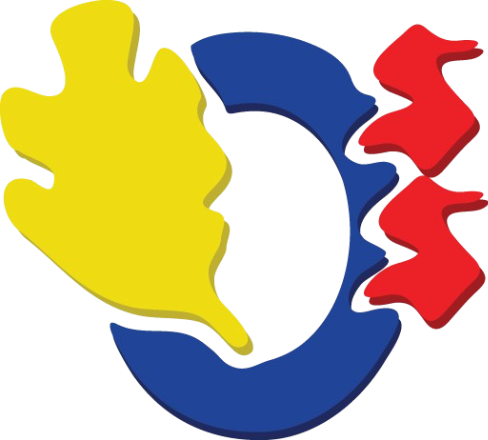Diversity of Organisms
Classification of Species
- Domain
- Kingdom
- Phylum
- Class
- Order
- Family
- Genus
- Species
Broadest to most Specific:
- Formal system of naming species
- Consists of genus and species name
- Underline the name when writing on paper or italicize when typing
- Example: Homo sapien
- Capitalize genus name
- Homo → genus
- Sapien → species
Binomial Nomenclature:
What is a Species?
There are two different ways to define species: morphologically or biologically.
- Species - An unchanging group of organisms with clear internal and external structural differences from other species
- Based on shared morphological characteristics
- The idea that organisms of the same species tend to look similar
- Issues with this:
- There is no clear way to define how similar a species looks to one another
- In addition, how do we define different species that look extremely similar to each other
- Also it violates evolution, as species are not unchanging
Morphological Definition
- Species - A group of organisms that can breed and produce offspring
- Issues with this:
- The Case of Ligers - tigers and lions can reproduce but are different species
- Asexuality - some animals can reproduce alone (asexually)
- Extinction - extinct animals’ reproduction patterns cannot be determined by fossils
- Ring Series - ring series involve a series of interlinking breeding populations with incompatible ‘ends’
Biological Definition
Speciation
- If two populations of the same species don’t interbreed for a prolonged period of time, they may diverge over time as they evolve in their respective environments
- Population - a group of organisms of the same species living in the same place at the same time
- Over time, separate groups may grow apart so far that they may not seem to be genetically similar anymore, thus forming a new species
Chromosome Numbers
- Generally, different species have different chromosome numbers
- Sexually reproducing species usually have even number of chromosomes due to the fact that they must combine two cells
Karyotyping
- Chromosomes can be classified by banding patterns, length, and location of centromere
- Karyotype - organized profile of a person’s chromosomes
- Two chromosomes specify sex, while the others are arranged in size
- This arrangement helps scientists quickly identify chromosomal altercations that may result in genetic disorders
- To make, scientists take a picture of the chromosome from one cell, then sort them
Genomes
- Genome - All the genetic information of an organism
- Entire sequence of base pairs on each chromosome
- Organisms of the same species share most of their genome
- Genome sequencing:
- Determines the order of bases in the genomes of organisms
- Uses: research of evolutionary relationships, genomic medicine (specified to an individual)
- The variation of genomes is essential for life; natural selection and evolution could not happen without it
Relation of Chromosome Numbers to Life
- Chromosome numbers can increase or decrease with evolution
- Changes in chromosome numbers are rare and usually do not occur over millions of years
- Many different species have diverse chromosome numbers, ranging from 2 to hundreds
- Some species may have many small chromosomes
- Others may have few large chromosomes
Single-Nucleotide Polymorphisms (SNP)
- Often within species, alleles of a gene differ from each other in base sequences
- Usually, only one or a very small number are different
- Sometimes larger sections of a gene become altered, but this usually results in a loss of gene function
Alleles
- Position in a gene where more than one base may be present
- The average human has 1 SNP in around 650,000 bases
- At least 1% of individuals have to have the different base pair in order for the position to be an SNP
- Child is homozygous if parental alleles have the same base at an SNP
- Child is heterozygous if parental alleles have a different base at an SNP
SNP
- Two populations of a species will have differences in their base sequences
- As populations diverge to form separate species, more differences will accumulate
- However, sometimes changes in base sequences are infrequent
- These tend to be among genes with a vital function that does not change
- As a result, distantly related species may have few (or no) base sequence differences
- Species diverted from a common ancestor have thus developed differences in their genetic make-up, especially when they adapted to different ways of life
Eukaryotic Genome Diversity

 Biology
Biology